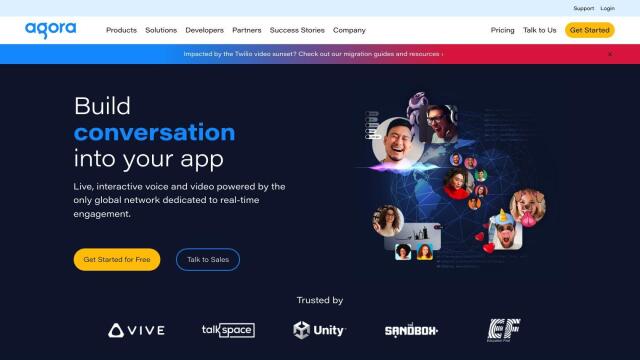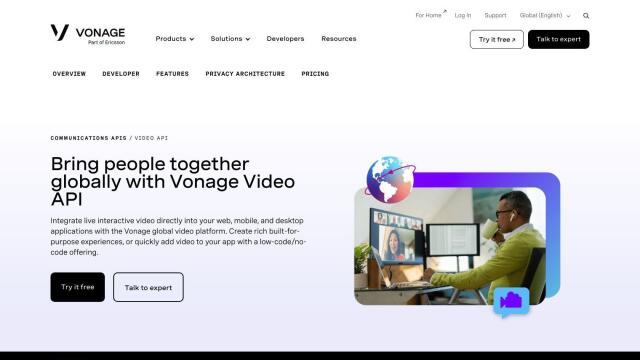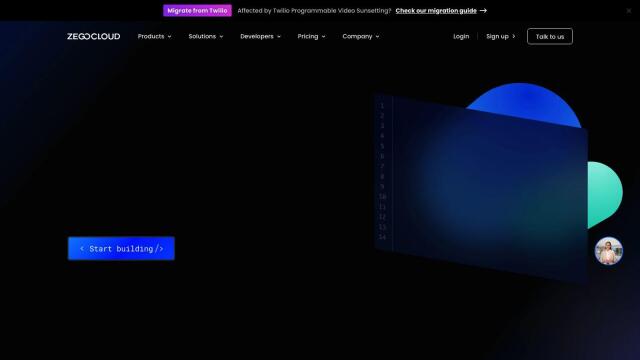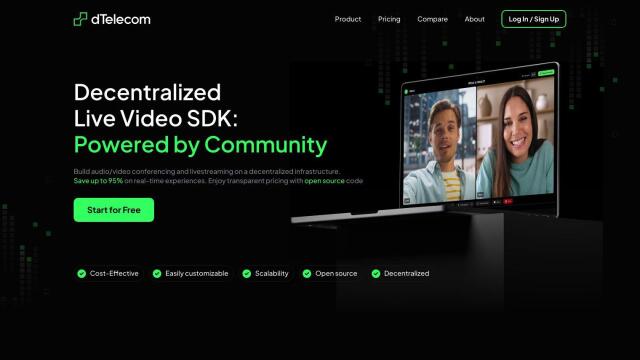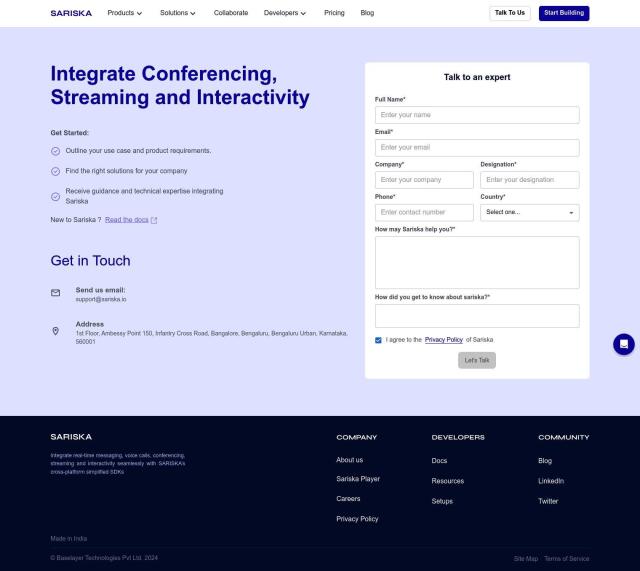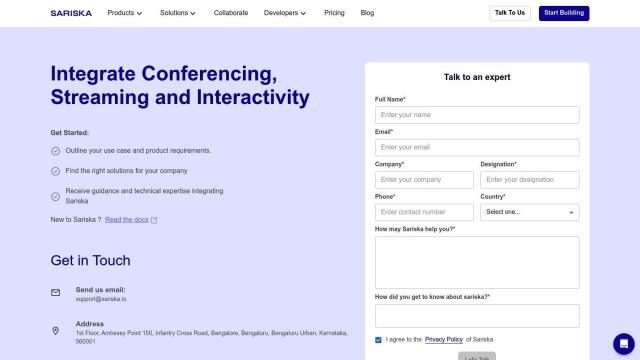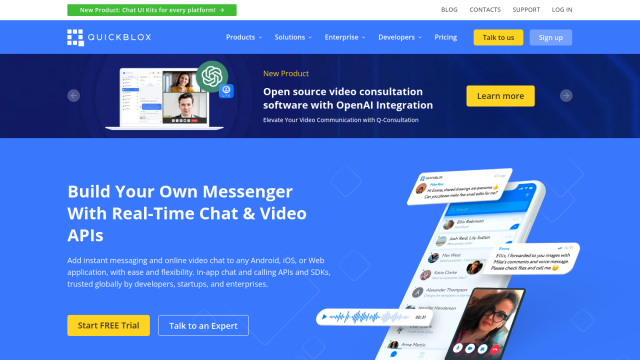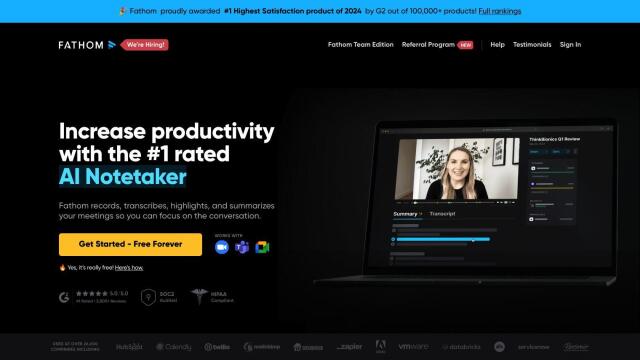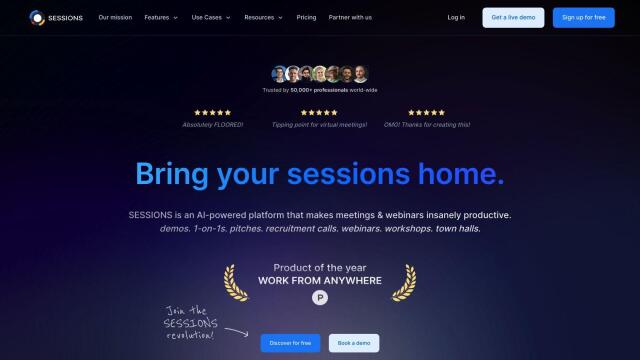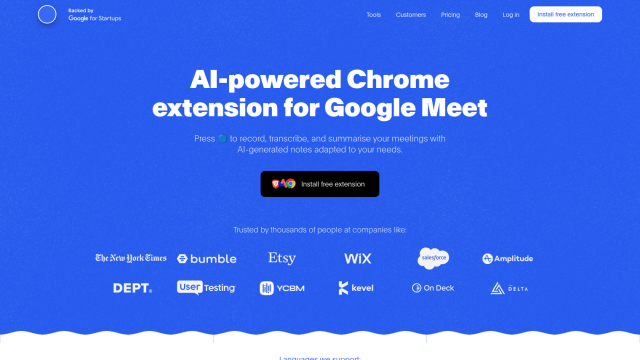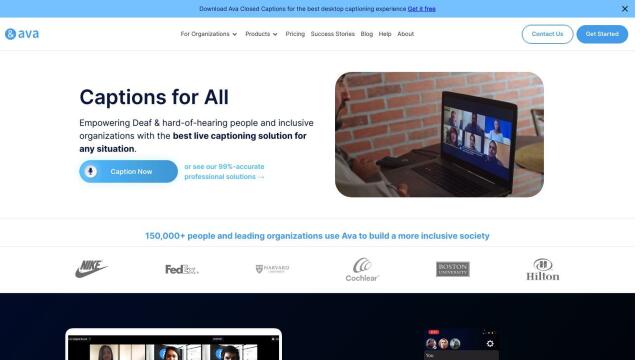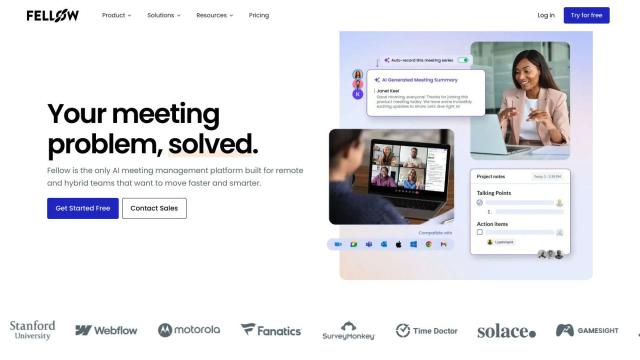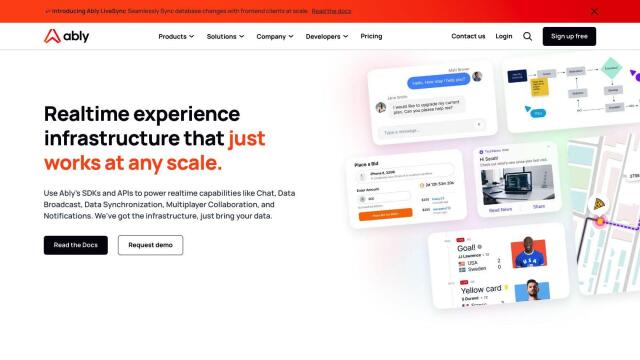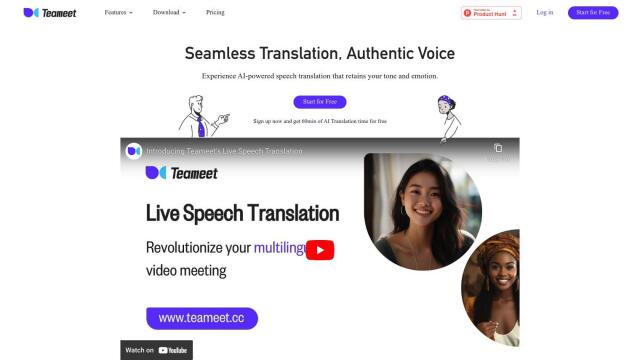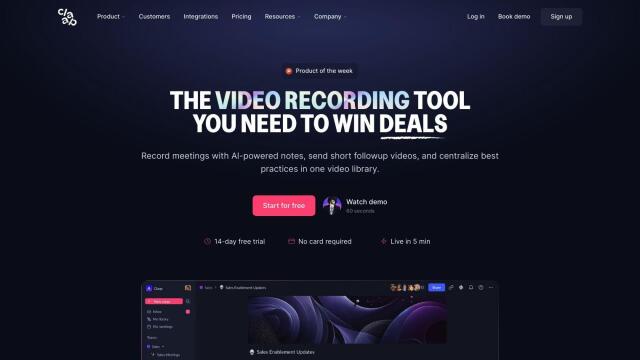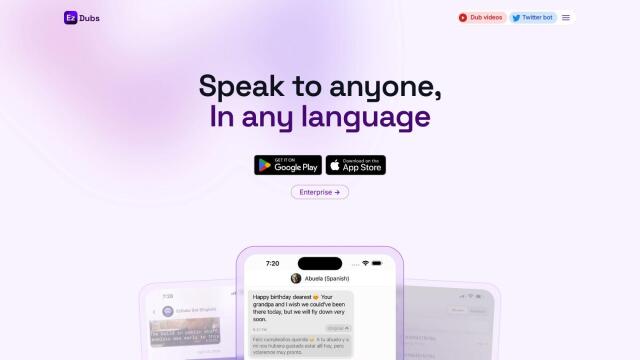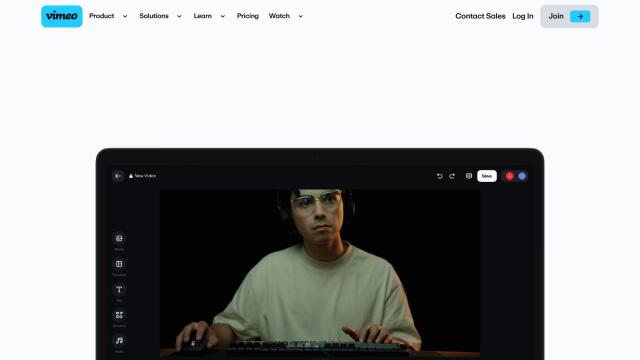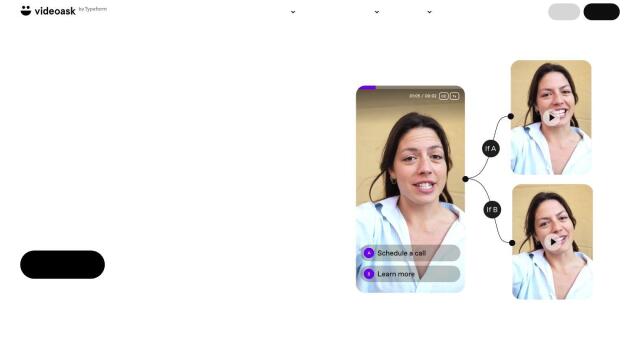Question: I need a reliable video conferencing solution that can handle low-bandwidth connections and provide high-quality video calls.

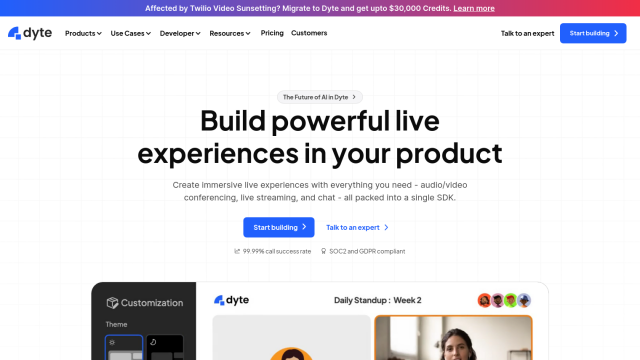
Dyte
If you're looking for a video conferencing service that works well even on low-bandwidth connections and offers good video quality, Dyte is worth a look. It provides a collection of SDKs to create live, immersive experiences like videoconferences and high-fidelity audio conferencing. Dyte's technology is designed to be scalable and reliable, with auto-bandwidth switching and auto track management, and can be used for a variety of applications like education and telehealth.

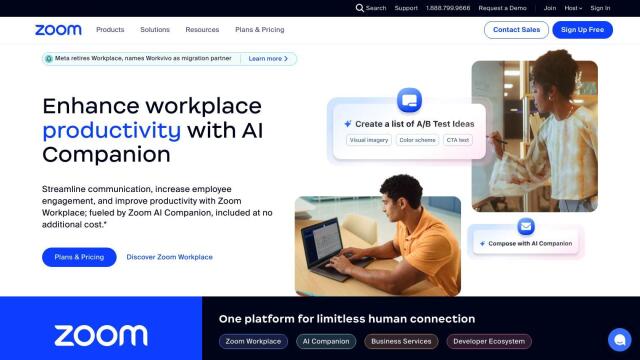
Zoom
Another top contender is Zoom, an all-in-one collaboration tool that includes videoconferences, team chat, phone and webinars. Zoom can handle low-bandwidth connections and includes features like instant messaging, file sharing and VoIP calls. Its developer program offers APIs, SDKs and webhooks for customizations and integrations, so it can be adapted for a variety of industries.

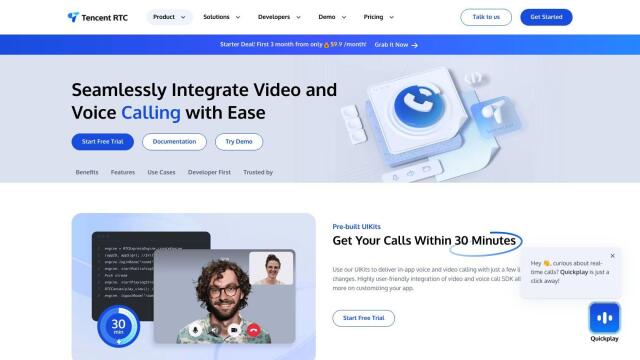
Tencent RTC
Tencent RTC is another powerful option, a real-time communication service that includes video call, voice call, chat and conference API/SDKs for web and mobile apps. It's designed for low-latency connections and works on multiple platforms, so it can be used in everything from social entertainment to healthcare. It also offers flexible pricing, including a free trial and pay-as-you-go pricing.

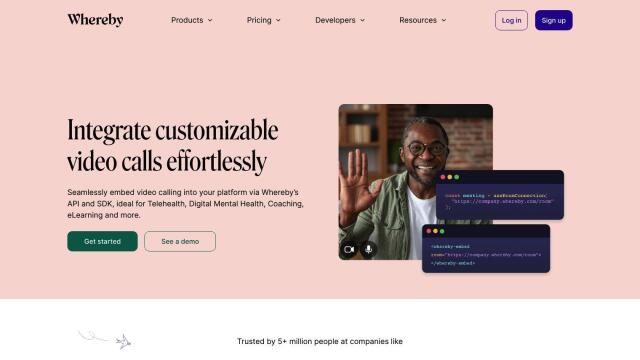
Whereby
If you want more control over the technology, you might like Whereby, an API and SDK that lets developers integrate videoconferencing into their own products. It can be used for a variety of applications, including Telehealth and eLearning. Whereby offers scalable and customizable videoconferencing features with pre-built UI elements, so it's a good choice for apps that need to be easy to integrate and offer high-quality video conferencing.



